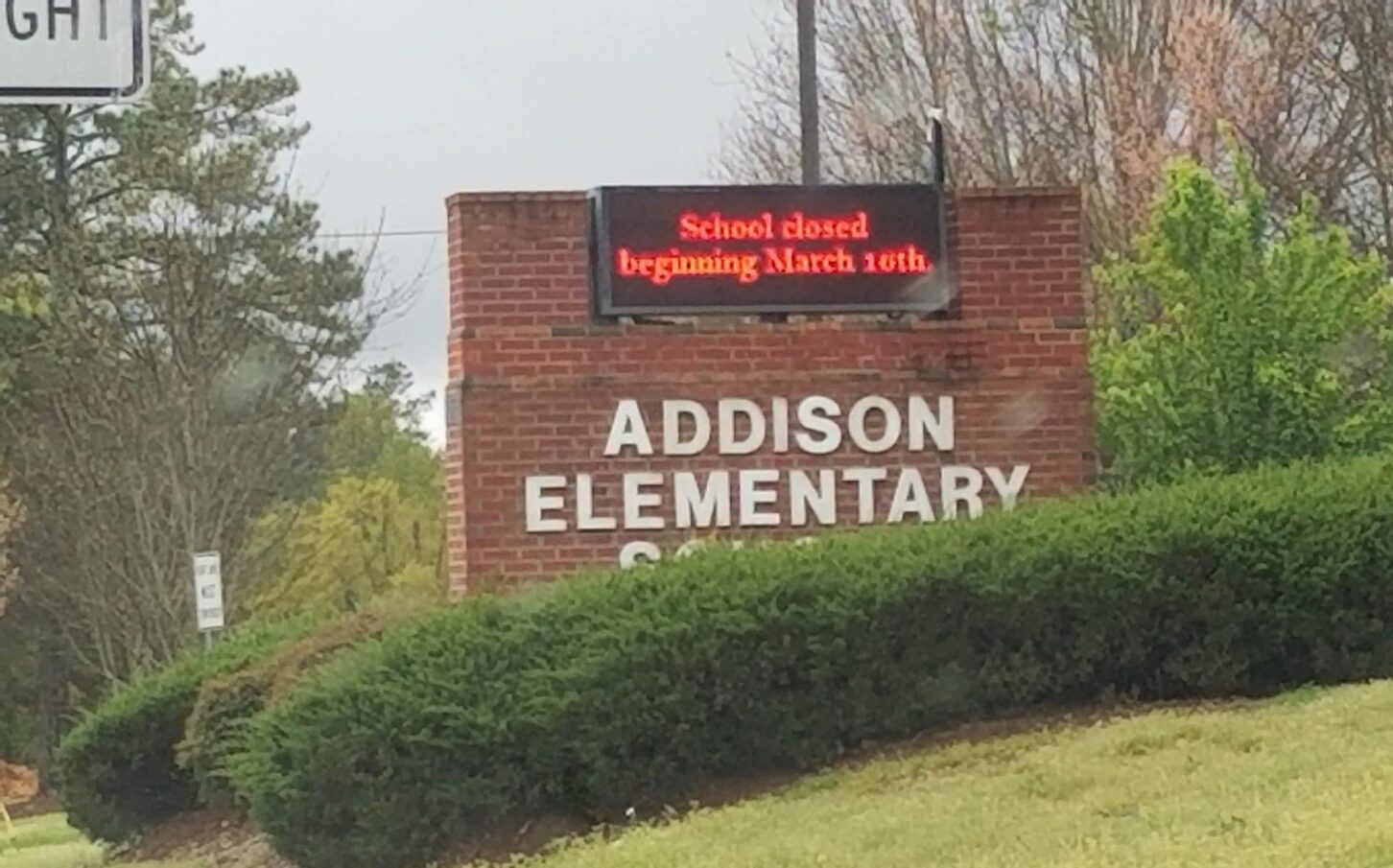
This spring Georgia parents have faced some unique circumstances. First, we saw schools closing for a few days. Then for weeks. Then another month. Then, this week, came Governor Kemp’s order to close schools through the end of the year.
This was something most probably felt coming, but the reality that school was closed for the rest of the year was jarring to many parents and students. (As someone with a graduating high school senior in my own home, the pain of the actual announcement has been especially acute).
While everyone hopes to return to “normal” as soon as possible, the possibility certainly exists that come fall, the coronavirus will return. (In fact, the federal government anticipates this.) We could see schools open in August then close again. Maybe for a few days, maybe weeks, maybe longer.
Most teachers and schools are doing the best they can to deal with the back-and-forth uncertainty they have faced this spring. But everyone – teachers, students, parents – has been operating in semi-crisis mode over the past month.
Some families, however, attend schools that are designed to operate with significant time in school and significant time at home. They go by many names across the country, but a common one is “hybrid home schools.”
These schools might be thought of as more formal homeschool co-ops, or a collegiate model – where students are expected to do significant work both in and away from the classroom. Students attend a physical school, which directs their lessons and does the grading, a few days per week. The rest of the week, they operate as homeschoolers.
A number of these schools exist around the state already (see schools here, here, here, here, and here, among many others). The live portions of these schools are closed for now, just like any other Georgia school. But these families have had some experience working with teachers remotely, and their lessons plans are typically richer in content than simply working at a screen all day.
Practicalities of schooling aside, these hybrid schools are also excellent examples of local civil society coming together to meet community needs. Hybrid home schools often start as very small operations, meant to serve a small group of students, and grow from there. Their size has likely also made them more cohesive and nimble in addressing various problems spun up by the coronavirus. Our larger institutions, by contrast, have proven to have difficulty in consistently reacting quickly or accurately in this crisis. Resurgences in self-reliance, in local community and in federalism may be some good outcomes of this whole episode eventually.
This is not a time for those in education to retreat to their corners. It is not a time to overly worry about lost minutes of instructional time and what that will mean for future test scores. But it’s also not a time to argue that academics should just give way to “self care” either.
The current crisis is an opportunity to rethink many assumptions we have about time use in school, about what content is truly important, and about the role of families as primary educators of their children. Hybrid home schools are not perfect at any of these, but they have some experience rethinking and re-balancing what schooling can look like.
As we face uncertainty over the next several semesters, as remote working becomes more common, and as technology continues to improve, more families may find this form of learning meets their needs in upcoming years. For now, conventional public and private schools should look to their hybrid home school colleagues to learn how to best serve students and families for the upcoming school year, when there is likely to be significant movement between face-to-face and home school.